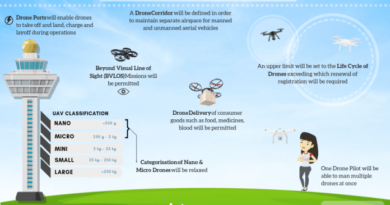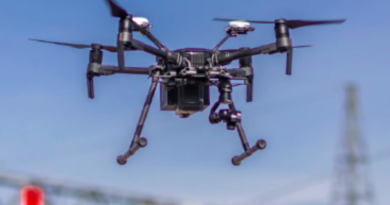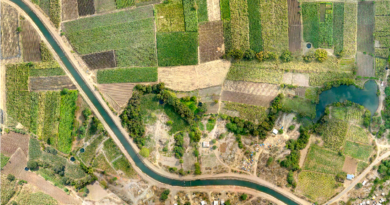5 Best Practices for Drone Nature Photographers
By Mark Sheehan
It is evident that drone photography has transformed the photography landscape. It’s enabling photographers to create compositions and reach new perspectives that were very difficult in the past.
Achieving these new perspective allows photographers to take stunning images that everyone can enjoy viewing. However, as with any other field, mastering drone photography takes practice.
Nature photography in particular has taken amazing strides with the prevalence of drones. If you’re interested in shooting beautiful landscapes with your drone, here are a few best practices to help you get the most out of your photography:
1. Have Spare Batteries
Though having a spare battery won’t make an image clear and attractive, it allows the pilot to spend more time in the air and capture images at any level of quality. You might need to carry several batteries when traveling for multiple sessions.
Despite drones have much longer flight times than previous years, battery life can deplete by faster than you think. Photographers may not even be aware when their battery is almost out. Remember that 15 minutes of taking photos can sometimes be enough to make battery power drop to 50%.
2. Pay Attention to Weather
Rain and strong wind can be signs of harsh weather conditions. Drones are now being used in rougher conditions, but strong winds and storms can limit them. The drone might malfunction when exposed to too much rain or get lost when used in windy conditions.
Brands such as DJI can still work like a charm in both windy and rainy conditions, but photographers are advised not to use their drones if it starts raining heavily. Another thing pilots might need to consider is the direction of the wind. Always fly your drone with the headwind and avoid flying when there is a strong tailwind.
3. Use Manual Mode
Drone users might need to adjust the settings of their devices. Automatic drone modes rarely consider the quality of images and present photographers with settings that bump their ISO up higher than is desired.
Drone ISO performance doesn’t work as efficiently as in DSLR cameras, so you might want to keep it as low as possible. It is also prudent to use a slightly slower speed to maximize your success rate. A headset can drastically increase your ability to get quality photos and videos in manual mode.
4. Experiment With Altitudes
You might be tempted to fly the drone to its maximum altitude in order to capture as much as possible. Though you will get a better overview when the drones is at a higher altitude, quality images are often found at a lower height.
One way to master the art of taking drone photos is to experiment with different levels of altitude.
5. Take Your Time
Take your time, slow down, and focus on the quality of an image rather than quantity. You might also need to take time to adjust the composition, the height, the settings, and the angle until the camera can capture the desired version of a scene.
Photographing with a drone can be a fun and amazing way to view the world from a different perspective. The above tips are a few ideas and guidelines that photographers can utilize for beautiful drone nature photography.
About The Author

Mark Sheehan started My Drone Authority to share his knowledge and help people get the most out of this amazing hobby and profession.



